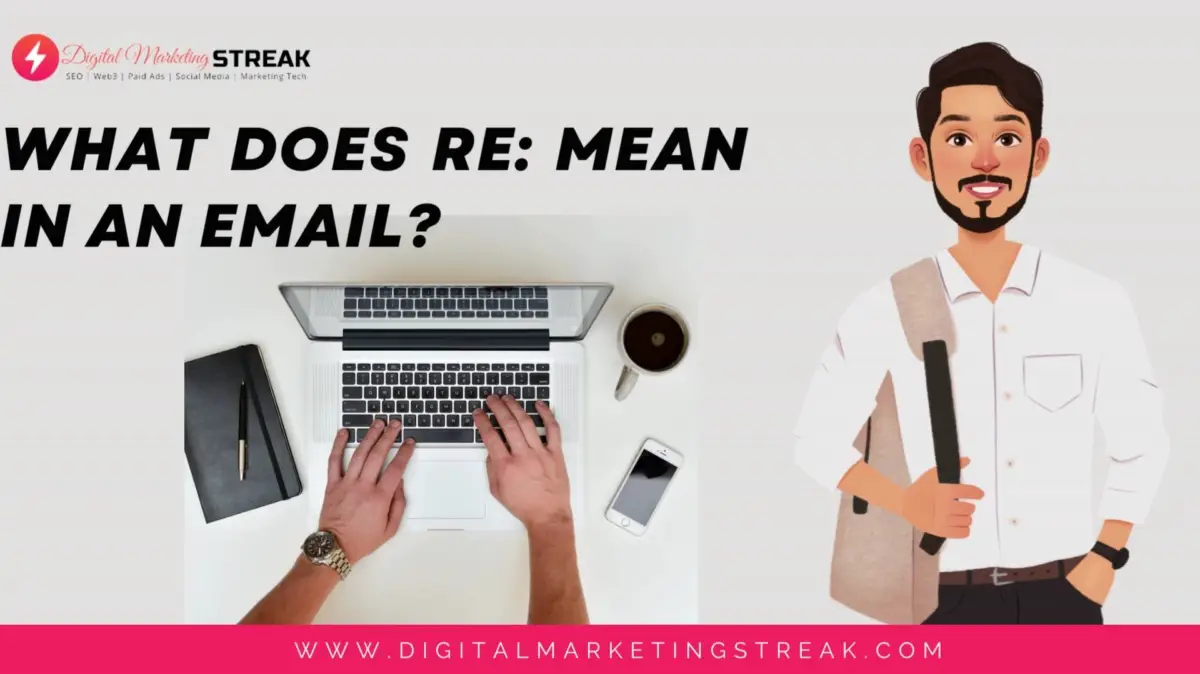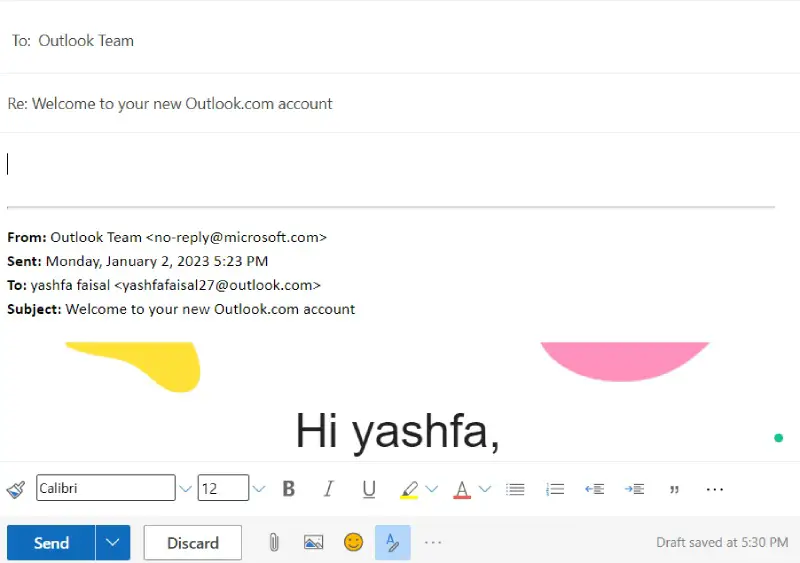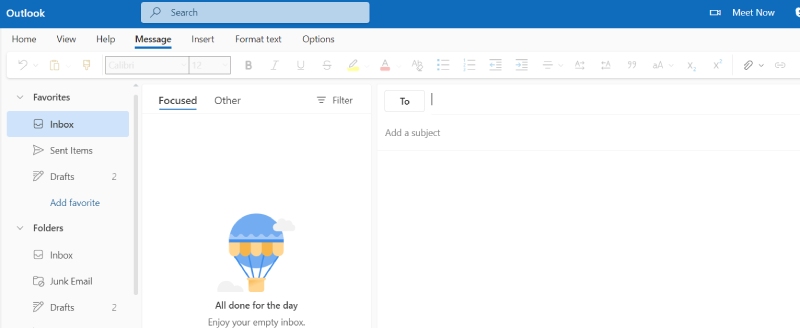Did you just receive an email with the acronym ‘Re:’ in the subject or the body of the mail?
In emails, Re: generally means that the email is a reply to a previous message sent by you to them.
If you send Mr X an email, Mr X would then reply to your email with the word Re: in it.
But, Re: could mean other things as well. And in some cases, can also be a marketing tactic used by fishy businesses or even scammers!

Let’s look deep into what Re: could mean for your email and other acronyms used in the emailing industry.
What Is Re:?
Re: in emails, is an abbreviation to Reply.
In other contexts, the word Re: could mean Reply, Regarding, Reference, or Response.
If you receive an email that mentions the acronym Re: in the subject line, that means the email you just received is in reply to a previous email you sent to them before.

The acronym Re: is automatically inserted in the subject line by most emailing clients, such as Gmail. You can choose to manually delete it from the subject line if you want.
When you open a Re: email, scroll up to see the previous email you must have sent to the other party, for a good context of what they replied to.
Re: On Email Even When There Are No Previous Messages In The Thread
Opened a Re: email to find no previous emails you have sent to the party that they could’ve replied to.
This can mean two things.

Firstly, the email you just received wasn’t a reply to a previous message sent to you. The sender manually wrote the acronym Re: in the subject line.
This is a marketing tactic used by many B2B businesses to attract businesses to open their emails, wondering what message they just got a reply to.
The other reason could be that your previous email(s) was deleted.
If you did send an email before, to which you just got the reply for, but you can’t find the initial email that you sent, you could’ve deleted the email by mistake.
If you are sure you didn’t delete the email, there may be someone else with access to your email account that could’ve gotten in and deleted it.
To play it safe, you should reset your email account’s password.
Here are the password resetting links for Gmail, Yahoo, and Outlook.
Note: When changing passwords, make sure to use a strong password with at least one uppercase letter (e.g L), one lowercase letter (e.g. i), a number, and a symbol.
Choose something you can memorize and not have the need to write down somewhere that could be seen by an unauthorized party.
Do make sure you have Two-step Verification enabled for your email account.
How Do Scammers Use Re:?
If you just received an email that mentions the acronym Re: in the subject line, but you can’t find any previous messages that you could’ve sent to that party before, to which they claim to be replying now, you might have just received a scam email.
Scammers use marketing techniques that increase the chances for a user to open their emails. Using the acronym Re: in the subject line is one of them.
When you see Re: in an email, you assume that you have contacted this party before and are more likely to open the email, whether in intrigue or confusion.
Most phishing emails are harmless if you open them, as long as you don’t click on any links mentioned in the mail.
However, some high-end hackers can access some data from you even if all you did was just merely open an email.
To be on the safe side, open up your Sent Emails and see if you have actually sent an email to the account you just received a Re: email from.
If not, there can be a chance that you just received a scammy email so it’s best to just ignore it.
Does Re: Mean Reply Or Regarding?
The word Re: comes from the Latin word re, which actually meant again or back.
In the era of paper mail, the word Re: actually meant regarding or in reference to.
How is this different from a reply?
Well, if you just had a face-to-face meeting with a business, and they want to follow up in regards to that conversation, they would write a mail using the phrase Re: (regarding).
However, in email terms, Re: now means Reply. Not Regarding or in reference.
There is a very rare and unlikely chance that you got an email from a very old school person or business, that still uses the phrase Re: in the meaning of Regarding.
Other Email Acronyms That Can Save Time And Confusion
Now you know everything there is about the phrase Re:, in reference to (see what I did there?) emails and even outside it.
For future reference, here’s an acronyms list I collected that are used in emails often that could save you confusion and time.
These phrases are mostly mentioned right in the subject line, some of which may be added automatically by email clients (such as FW when forwarding an email).
| Acronym | Meaning |
| RE | Refers to a Reply. An answer or response to a previous email sent to the same account under the same subject. |
| FW | States that the email is a Forwarded message. Meaning you’re a second-hand receiver of it. |
| NRN | Stands for No Reply Necessary. The email is for viewing purposes only and the sender expects no reply from it. |
| Y/N | Stands for Yes/No. The sender expects you to reply to the email merely with a Yes or No. No long explanations are needed. |
| OOO | Stands for Out Of Office. This is attached to emails when the sender wants you to open and reply to the email outside of office hours. |
| WFH | Stands for Work From Home. You can attach this to emails when you’re working from home so that the receiver knows they can not contact you physically at the office today. |
| EOD | Stands for End Of Day. The sender expects you to open and respond to the email at the end of the day. This could also mean that the deadline is till the end of the day if the email contains a project you need to work on. |
| EOW | Stands for End Of the Week. Just like EOD, this could mean the sender expects you to respond to the email at the end of the week, or complete the project mentioned in the email by the end of the week. |
| FYI | Stands for For Your Information. Used when filling in an employee with information they missed out on. |
| LET | Stands for Leaving Early Today. Attaching this to an email will notify the receiver that you’re leaving early today. This can show urgency to the action required in the email. |
| IMO/IMHO | Stands for In My Opinion/In My Humble Opinion. Used to politely state your opinion on a matter. Mostly used when contradicting a popular opinion where you don’t want to come off as rude or as a know-it-all person. Can also be used sarcastically or passive-aggressively to belittle someone else’s opinion (NOT ADVISED). |
| AR | Stands for Action Required. Shows urgency to the receiver so they can get right on the action that is required in the email. Should be followed with an Acknowledgement reply as soon as possible. |
| ASAP | Stands for As Soon As Possible. Highlights urgency to the action mentioned in the email. The receiver expects you to get on the mentioned task as soon as possible. |
| EOM | Stands for End Of Message. This indicates to the receiver that this is the last message. Used mostly when you receive more than a couple of short messages and you don’t know if the sender has more to send. Serves the same purpose as the phrase ‘Overused in communicating through walkie-talkies. |
| ACK | Short for Acknowledgement. Is used as a reply to a previous email, acknowledging to the sender that you have opened the email they sent and have acknowledged and understood its purpose. |
| SFW | Stands for Safe For Work. This indicates that the email, or the attachments in the email, are safe to open in a working office environment. |
| NSFW | Stands for Not Safe For Work. Indicates that the email, or the attachments in it, are not safe to open or view in a working office environment. This acronym is popularly used as a warning message for adult, explicit, or graphic content to follow. |
Conclusion
So there you have it.
The meaning of Re: while emailing, outside of email, the word’s history, and the many uses of it through time.
Hopefully, my table above helps you minimize confusion in the future when dealing with acronyms in emails or texting (especially saving you from the embarrassment of opening an NSFW email in the wrong environment). Interested in more? Check out our guide on How To Become An Email Marketing Strategist and see for yourself if you have the guts for a challenging, but highly rewarding career!

